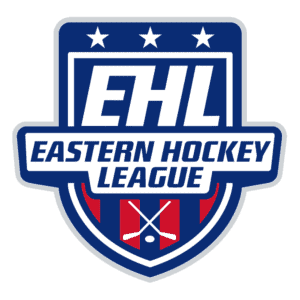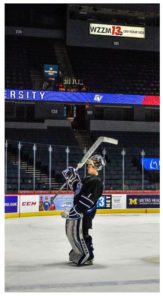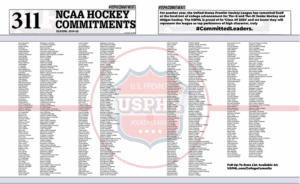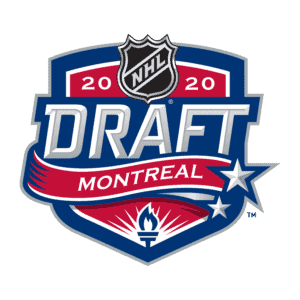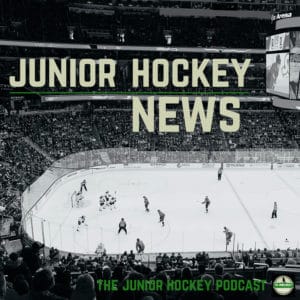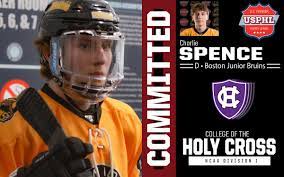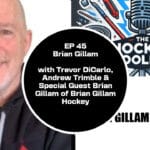The USPHL Premier was founded in 2012 under the premise of creating a “Super League” from remnants of the Eastern Junior Hockey League. It operated as the top division in the USPHL until 2017 when the NCDC was formed when a handful of USPHL Premier owners and Eastern Hockey League teams bound together to create their new self-labeled “Tier II” division. It now exists firmly as the leagues 2nd division, and the largest Junior Hockey league in North America, with over 60 teams from coast to coast.
The EHL Premier was originally labeled the EHL Elite (equivalent to the USPHL’s 2nd division “USPHL Elite”) when it was created in 2015. It expanded carefully, and absorbed members of the EHL and Atlantic Junior Hockey Leagues 2nd division, the Metropolitan Junior Hockey League, growing to its current number of 16 teams.
These leagues began in different places, and at different levels, and the perception is that those levels still exist, but do they really? What is the real level of these leagues as they exist today? Look at the data.
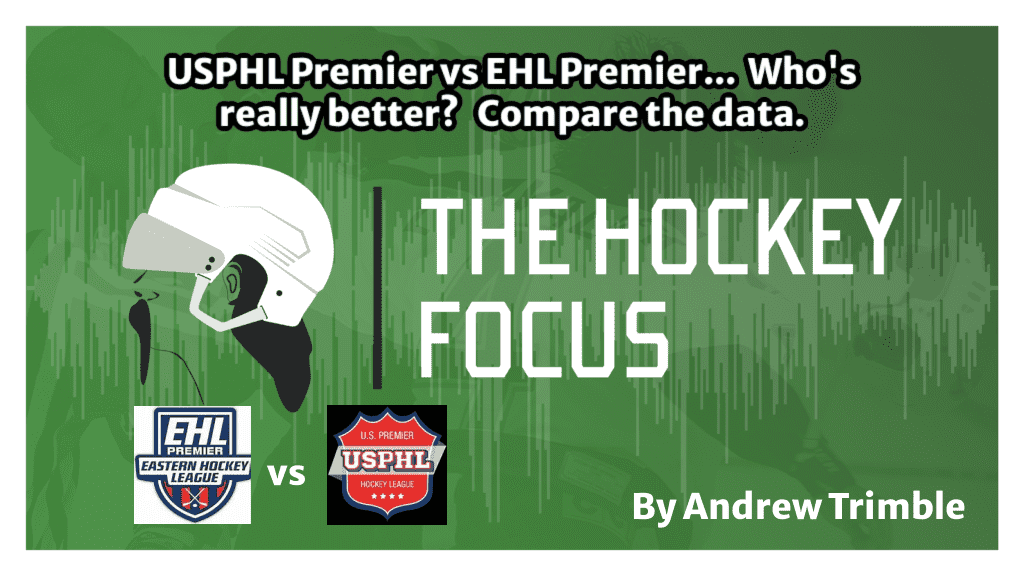
Foremost, the USPHL Premier is a much older league, and has been marketed based on past results (when it was the top division) as a college placement league. The fluidity of the rosters between the NCDC often takes NCDC season players and double rosters their commitments with their Premier division, giving the perception of placement within this division, even though often these players play the bulk of their season in the NCDC ( Click on Link to view commitments- 2023-24 COLLEGE COMMITMENTS | USPHL Premier Division). The league is also much larger and older, which aids their bulk commitment numbers. See image below.
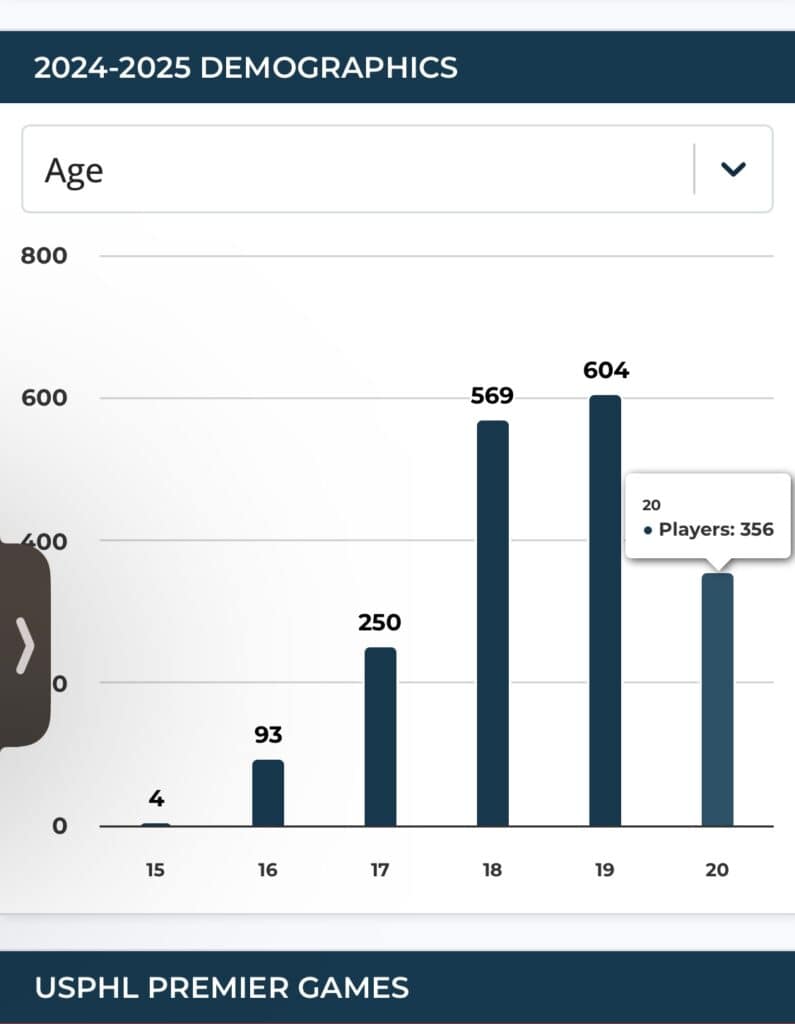
The EHL Premier is a much younger and smaller league that is concentrated in the north east United States. During some seasons this league has existed with restrictions on birth years or as a U19 division, thereby forcibly making the demographics of the league younger. It has a handful of college commitments annually, but largely feeds these younger players into the EHL. Click on link to see commitments- EHLP Commitments (easternhockeyleague.org)
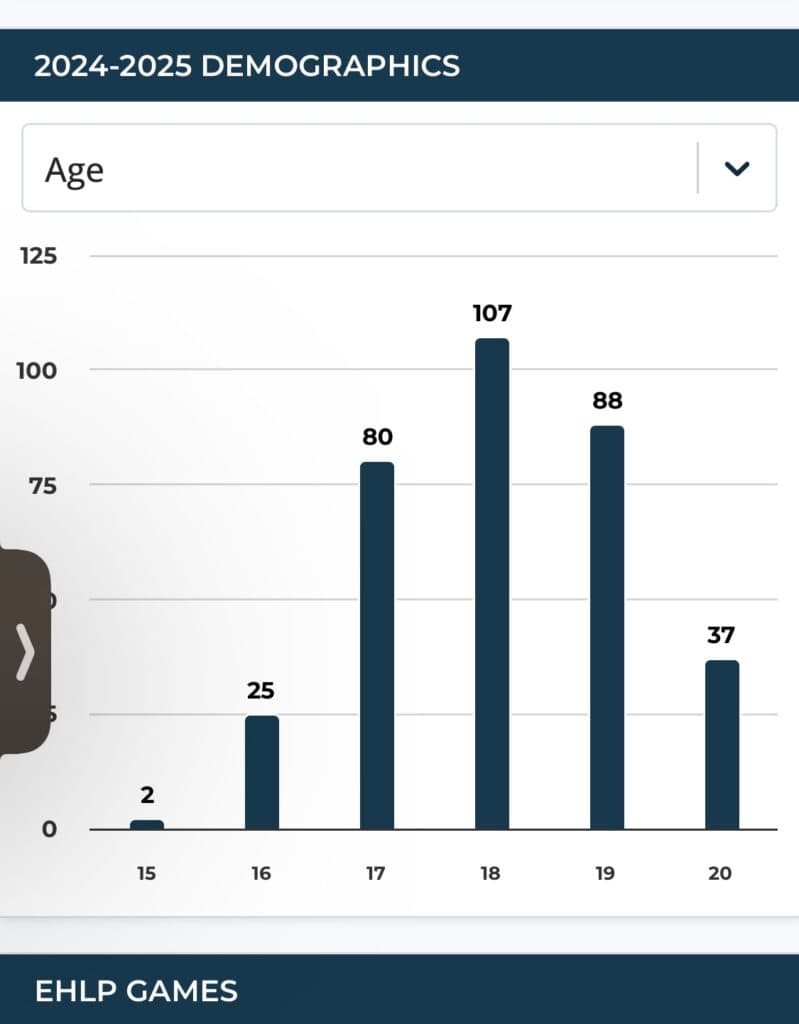
2024-25 is a unique year, when we can see, due to the movement from some teams in the EHL to the NCDC & USPHL a true comparative look when a roster goes from one league to the other. There is no better example of this than the Boston Jr Rangers. Here is how their rosters in both the NCDC and USPHL Premier are composed: https://www.ncdchockey.com/stats/roster/1277/148
These NCDC Rangers played in the EHL for the Rangers last year:
- Jack Baird
- Mathieu Fournier
- Colin Kwak
- Jake Russell
These NCDC Rangers played in the EHL for a different team other than the Rangers last year:
- Cade Chapman
- Sabre Koleber
- Jaeseok Lee
- Dominic Mascieri
- Connor Santay
These NCDC Rangers played in the EHLP for the Rangers last year:
- Carter Amidon
- Harrison Flaacke
- Matthew Pullen
- Patrick Sweeney
- Maximilian Wretsell
... as for their USPHL Premier roster …
https://www.usphlpremier.com/stats/roster/1280/149
- Brody Sloan — Played EHLP for the Rangers last year and is now on USPHL Premier
- Ondrej Leska — Played EHLP for the Rangers last year and is now on USPHL Premier
- Josh Hayden — Played EHLP for the Rangers last year and is now on USPHL Premier
- Cody Bailow — Played EHLP for the Rangers last year and is now on USPHL Premier
Additionally, the leading goal scorer on the USPHL Premier Rangers played parts of the 2023-24 season in the EHLP with a different EHLP organization and is enjoying a far better statistical year in the USPHL Premier than he had in the EHLP – Richie Gaskin.
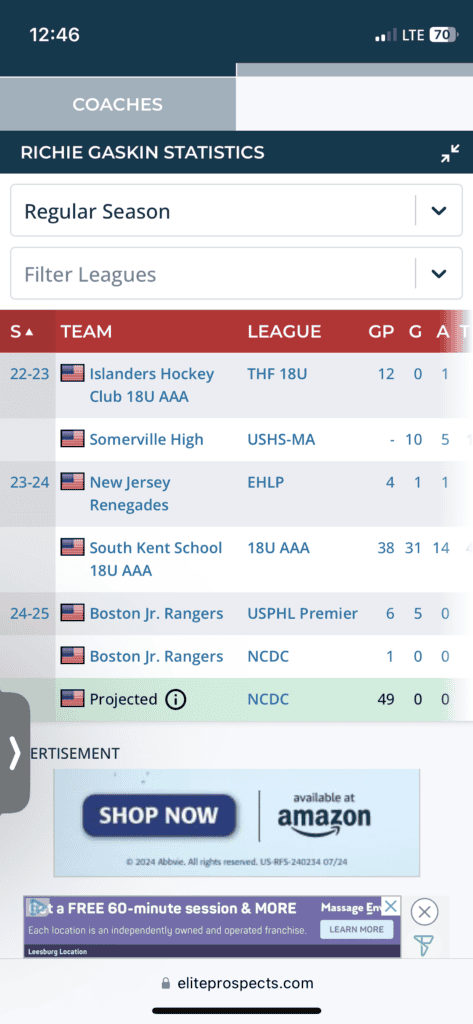
How has this strategy worked? Look at the records:
- The NCDC Boston Jr Rangers (with over half the roster taken from the EHL and EHLP) is currently 2-3 with their most recent victory over 2nd place Northern Cyclones.
- The USPHL Premier Boston Jr Rangers (which are heavy on former EHLP players) are currently tops in the league. Undefeated in arguably the most difficult division in the USPHL Premier. The New England division features founding member teams and previous champions, the Northern Cyclones and Islanders Hockey Club, as well as perennial top teams the Boston Jr Bruins and South Shore Kings.
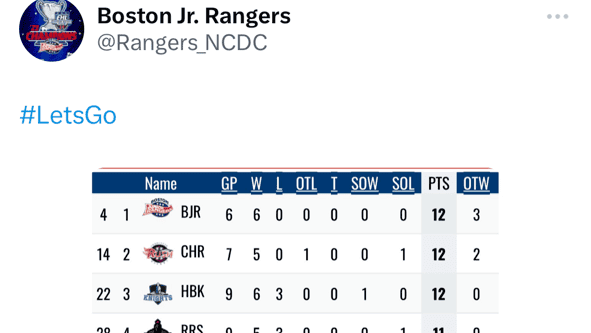
What does this all mean?
The leagues have a perception based on where and how they were formed that exists to this day but is not an accurate depiction of the level of play. In 2023-24 the USPHL Premier (just like the NA3HL) lists their advancements to both NCAA Hockey and ACHA College Hockey, with the bulk of the league committing to ACHA College Hockey (just like the NA3HL). Many of their NCAA committed players played a large portion of the 2023-24 season in the NCDC with NCDC/ USPHL organizations, and are doubled up on both the NCDC and USPHL Premier websites. View numbers off their own website here- 2023-24 COLLEGE COMMITMENTS | USPHL Premier Division
The EHL Premier is much younger, and for the first time in memory took quality players from the EHLP and moved them into the NCDC with success (Look up Amidon, Sweeney, and Wretsell). Additionally, the success from an organization (BJR) that went to the EHLP finals in 2023-24 and is now at the tops of the league in the USPHL Premier in 2024-25 says a lot about the true level of play. The product on the ice.
BY Andrew Trimble
To Purchase Andrew’s new book “The Hockey Planner: A Year by Year Plan to Assist You on Your Hockey Coaching Journey: From Learn to Play to Junior Hockey” click on link here- The Hockey Planner: A Year by Year Plan to Assist You on Your Hockey Coaching Journey: From Learn to Play to Junior Hockey: Trimble, Andrew: 9781963743388: Amazon.com: Books

